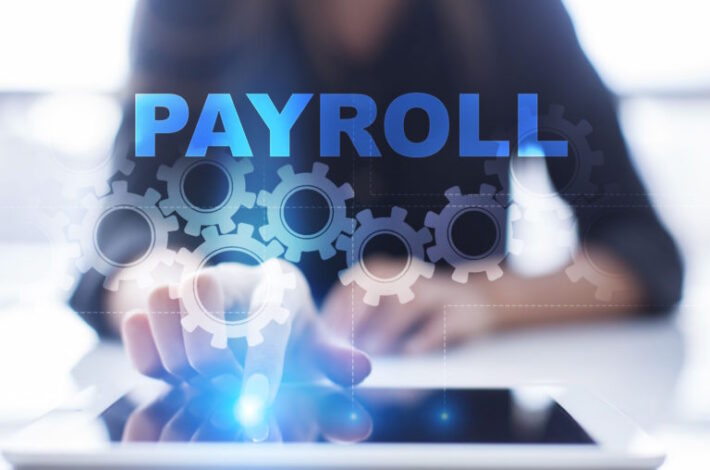Introduction
Outsourcing payroll is a strategic move that can bring numerous benefits, including cost savings, improved compliance, and access to expert services. However, the transition phase can pose challenges if not managed carefully. A smooth transition when outsourcing payroll is essential to minimize disruptions and ensure continued accuracy and efficiency. This article explores the key steps businesses should take to facilitate a seamless transition.
Identifying Specific Payroll Requirements
Before beginning the outsourcing process, it’s crucial to thoroughly understand your company’s payroll needs. This involves identifying the specific services required, such as payroll processing, tax filing, compliance management, and reporting. A clear definition of these needs helps in selecting the right provider and ensures that all aspects of payroll are covered. Businesses should consider the unique requirements of their workforce, including different pay structures, benefits, and statutory obligations, to ensure comprehensive coverage.
Select the Right Payroll Outsourcing Provider
Choosing the right payroll outsourcing provider is a critical decision. Factors to consider include the provider’s reputation, experience in the industry, technology capabilities, and range of services. It’s essential to conduct thorough due diligence, including checking references and client testimonials. The ideal partner should not only align with your current needs but also have the capacity to support future growth. By selecting a provider with a proven track record and robust service offerings, businesses can feel confident in their choice and mitigate risks associated with the transition.
Ensuring Effective Communication with Your Provider
Clear and effective communication is vital when outsourcing payroll. Establishing well-defined communication channels between your company and the payroll provider ensures that both parties are aligned and informed. This includes setting up regular meetings, defining points of contact, and agreeing on communication protocols. Transparent communication helps in addressing concerns promptly, ensuring that any issues are resolved quickly. It also facilitates collaboration and understanding, which are crucial for a smooth transition.
Crafting a Comprehensive Transition Strategy
A well-structured transition plan is essential for a successful outsourcing process. This plan should include detailed timelines, clearly defined roles and responsibilities, and specific milestones. Key components might involve the transfer of payroll data, system integrations, and training sessions for both the internal team and the provider’s staff. By outlining each step of the transition, businesses can anticipate challenges and prepare contingency plans, reducing the risk of disruptions. A comprehensive strategy ensures that all stakeholders are on the same page and that the transition proceeds smoothly.
Managing Data Transfer and System Integration
Transferring payroll data to the new provider and integrating their systems with existing HR and financial systems are critical steps. This phase requires meticulous attention to data security and accuracy. Best practices include conducting thorough data audits, ensuring compatibility of systems, and implementing robust data encryption methods. It’s also advisable to run parallel payrolls for a period to verify the accuracy of the data and the functionality of the systems. Proper management of this phase is crucial to maintaining data integrity and ensuring a seamless transition.
Conclusion: Achieving a Successful Payroll Outsourcing Transition
In conclusion, a smooth transition when outsourcing payroll involves careful planning, clear communication, and diligent execution. By defining specific payroll needs, selecting the right provider, establishing effective communication channels, developing a detailed transition plan, and managing data migration carefully, businesses can ensure a seamless transition. The benefits of a successful transition include improved efficiency, compliance, and the ability to focus on core business activities. With the right approach and strategic mindset, outsourcing payroll can be a valuable move for any organization.

